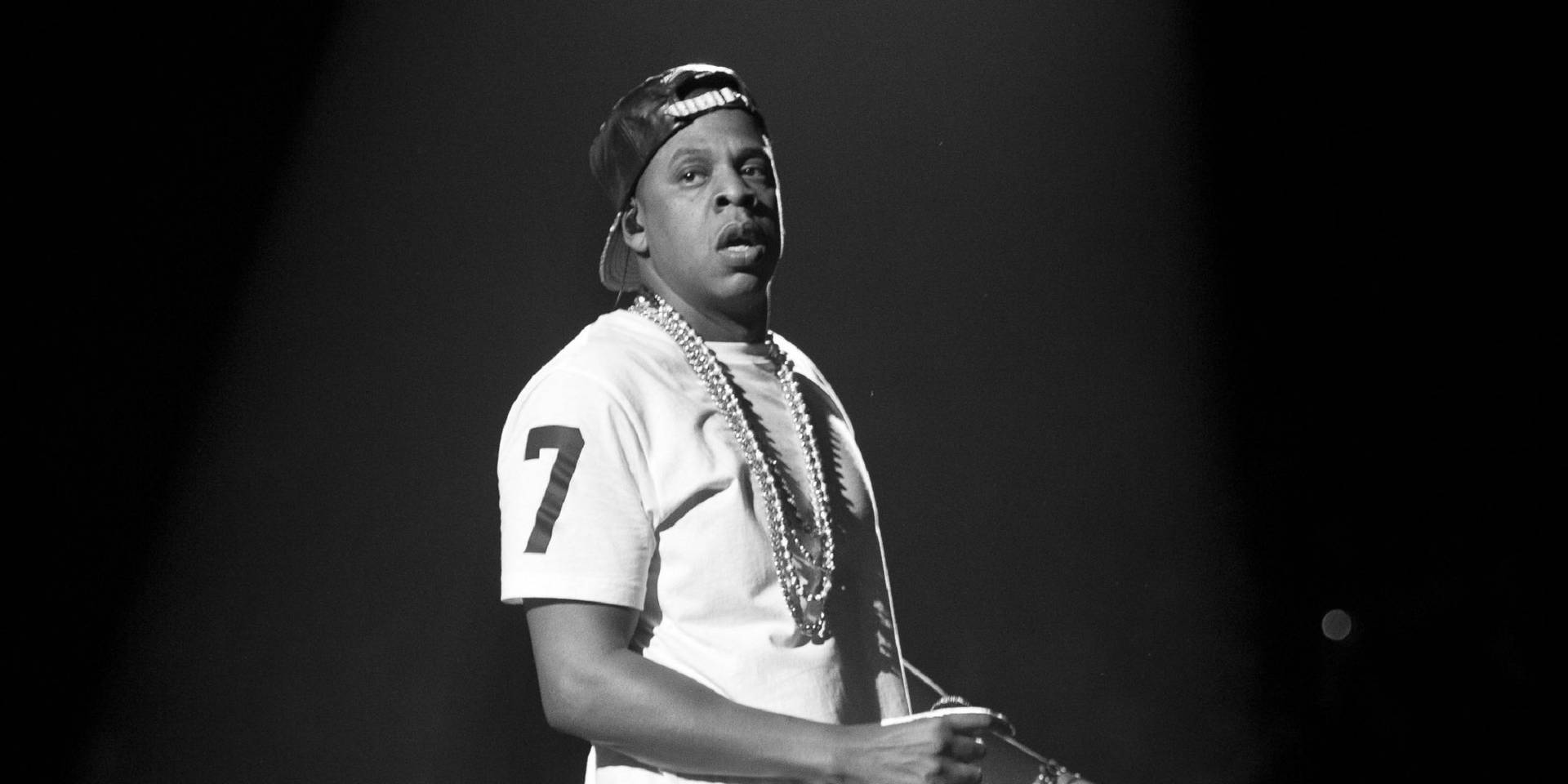
Introduction
Tinder, launched in 2012, has reshaped the way people meet and interact in the realm of dating. With its user-friendly interface and innovative approach to matchmaking, Tinder has attracted millions of users globally. The app’s simplicity in swiping right for a match and left to pass has made it a staple in the dating landscape, revolutionising how individuals connect and establish relationships.
Growing Popularity
According to recent statistics, Tinder boasts over 66 million users globally, with around 10 billion matches made to date. The app facilitates connections based on location, interests, and preferences, catering to a diverse range of sexual orientations and lifestyles. The Covid-19 pandemic further accelerated Tinder’s growth, as many turned to digital platforms to foster social interactions during lockdowns. Features such as video chatting and the ‘Swipe Night’ interactive experience offered users engaging ways to connect even during social distancing.
Impact on Relationships
While Tinder has been praised for providing opportunities for casual dating and quick connections, it has also been scrutinised for fostering a culture of superficiality and ghosting. Research indicates that users often experience anxiety related to validation and rejection due to the swiping mechanism. Furthermore, studies suggest that while users may seek short-term flings, many do find long-term relationships through the app. An analysis from The Journal of Social and Personal Relationships highlights that about a quarter of couples who met on Tinder report being in a committed relationship after six months.
The Future of Tinder
As technology continues to evolve, Tinder is likely to adapt new features to enhance user experience. Future developments may include advanced matching algorithms powered by artificial intelligence, creating more meaningful connections. The demand for inclusive platforms is also on the rise, with users seeking apps that represent various identities and communities.
Conclusion
Tinder’s influence on the dating scene is undeniable, playing a significant role in how modern relationships are formed and maintained. As the app continues to evolve, its importance in facilitating connections and transforming dating norms will likely persist. Users of Tinder can expect innovative features and ongoing developments that aim to meet the changing demands of social interaction in a digital-first world, showcasing that the quest for love and companionship adapts to technology’s pace.
You may also like

Jay Z: The Evolution of a Music Legend

Harvey Weinstein: A Timeline of Legal Troubles and Impact
